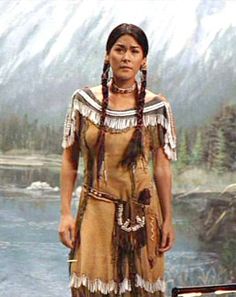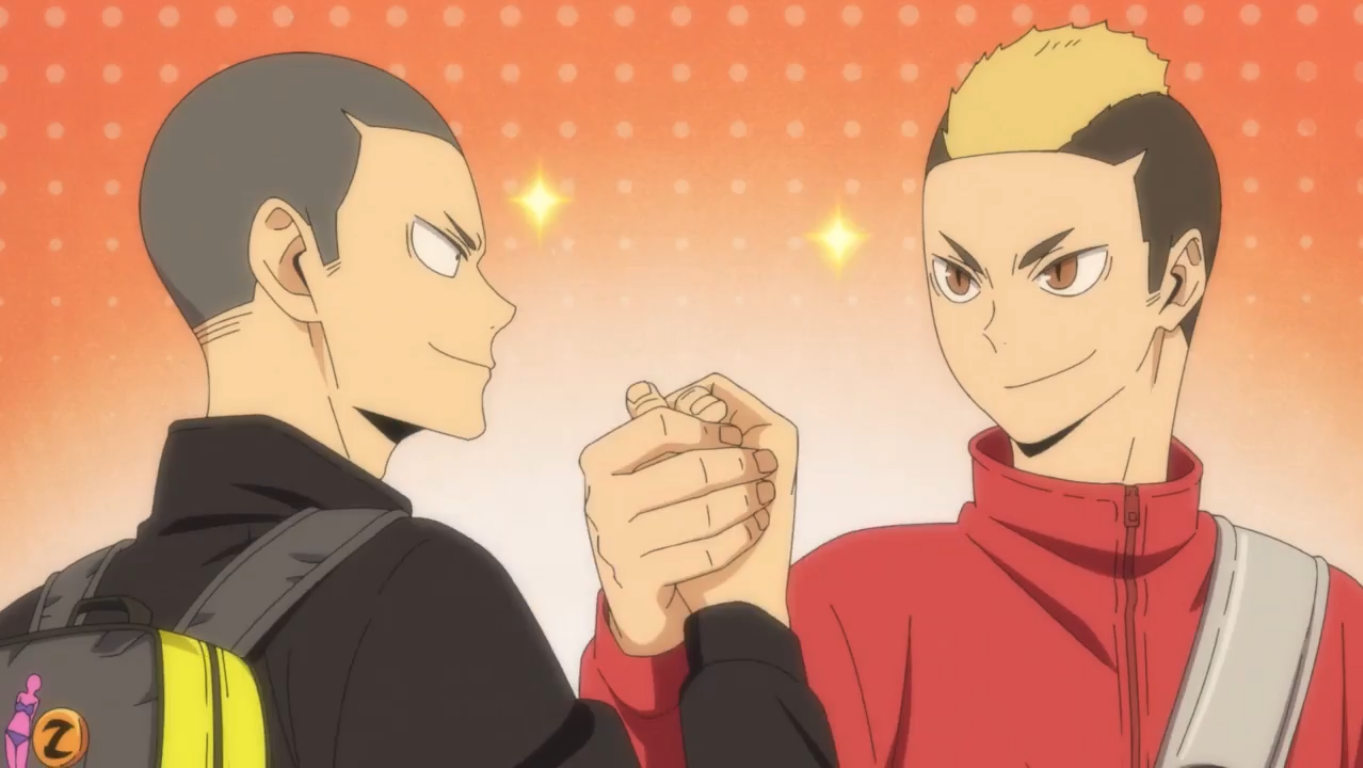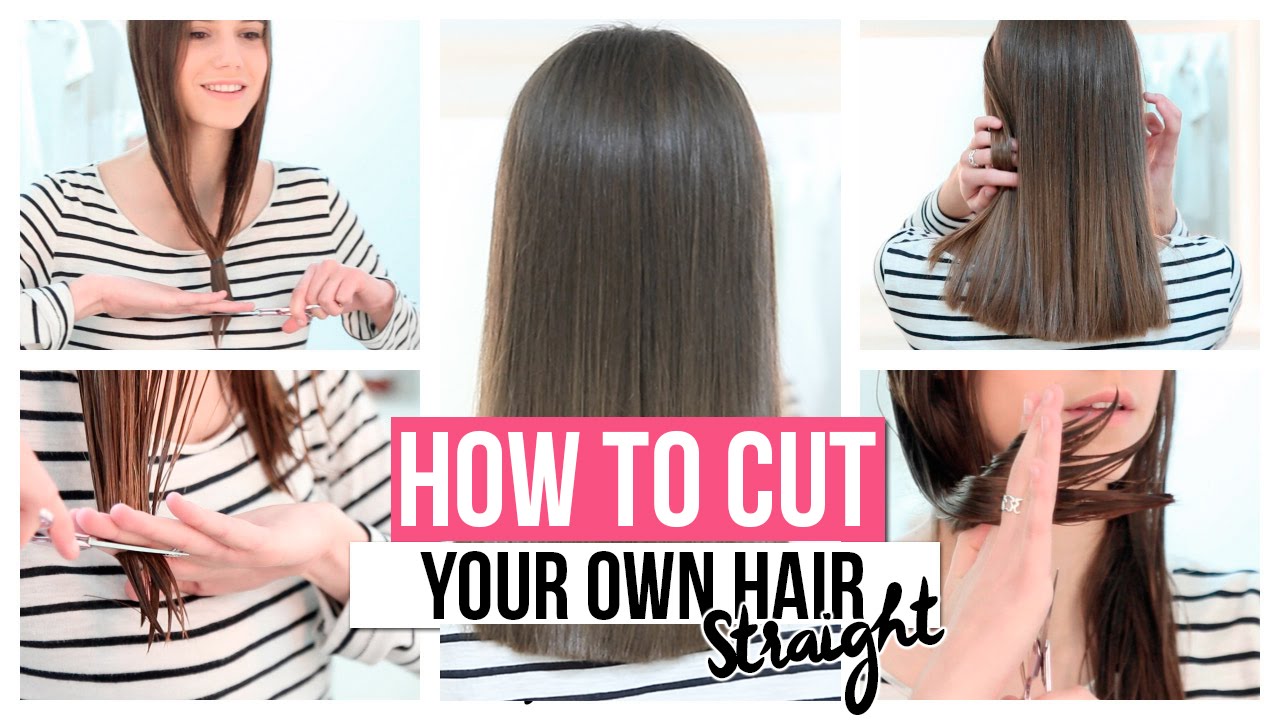
Sioux
Men of the Sioux tribe shaved their heads and stiffened their hair into an intimidating roach during ceremonies or battles.
Indigenous Tribes
Long hair is seen as a symbol of strength among Indigenous tribes, often resulting in them wearing braids in memory of deceased loved ones.
Common Styles
Native American tribe members historically wore their hair in flowing styles or long braids adorned with beads, feathers, or ribbons for decoration.
Western and Plains Tribes
Western and Plains tribes observed hair-cutting as sacred, only when mourning or as an act of shame. Men in these tribes also sported scalp locks, tonsures, or roaches.
Hopi
hair was a symbolic sign of membership within any tribe. Hopi men kept their hair long for spiritual reasons, cutting it only when mourning a death. Hopi women styled their locks into an ornamental twist called a “chongo.”
Navajo
The Navajo tribe considers hair an outward expression of thoughts and a connection to Mother Earth. Hairstyles symbolize various meanings, such as luck, health, mourning, or happiness.
Pueblo
Pueblo women were known for braiding their hair into chongo knots or wearing it long and trailing down to their chests. hair was believed to have a link with Mother Earth, and its style represented safety from danger.
Plains Indians
Native American hairstyles were highly customized and symbolic of strength and courage. Women often adorned their braids with feathers or beads, while men sported scalp locks as a sign of wealth and bravery.
Southeast Tribes
Women from Southeast tribes like Creek and Chickasaw wore topknots, while Navajo and Pueblo women styled their hair into chongos as a sign of belonging and bonding.
Southwest Tribes
Men and women from Navajo and Pueblo tribes wore their hair in a style known as chongo, often painted bright colors and symbolizing love or family bonding. Hopi maidens also wore squash blossom whorls as an elaborate updo.

